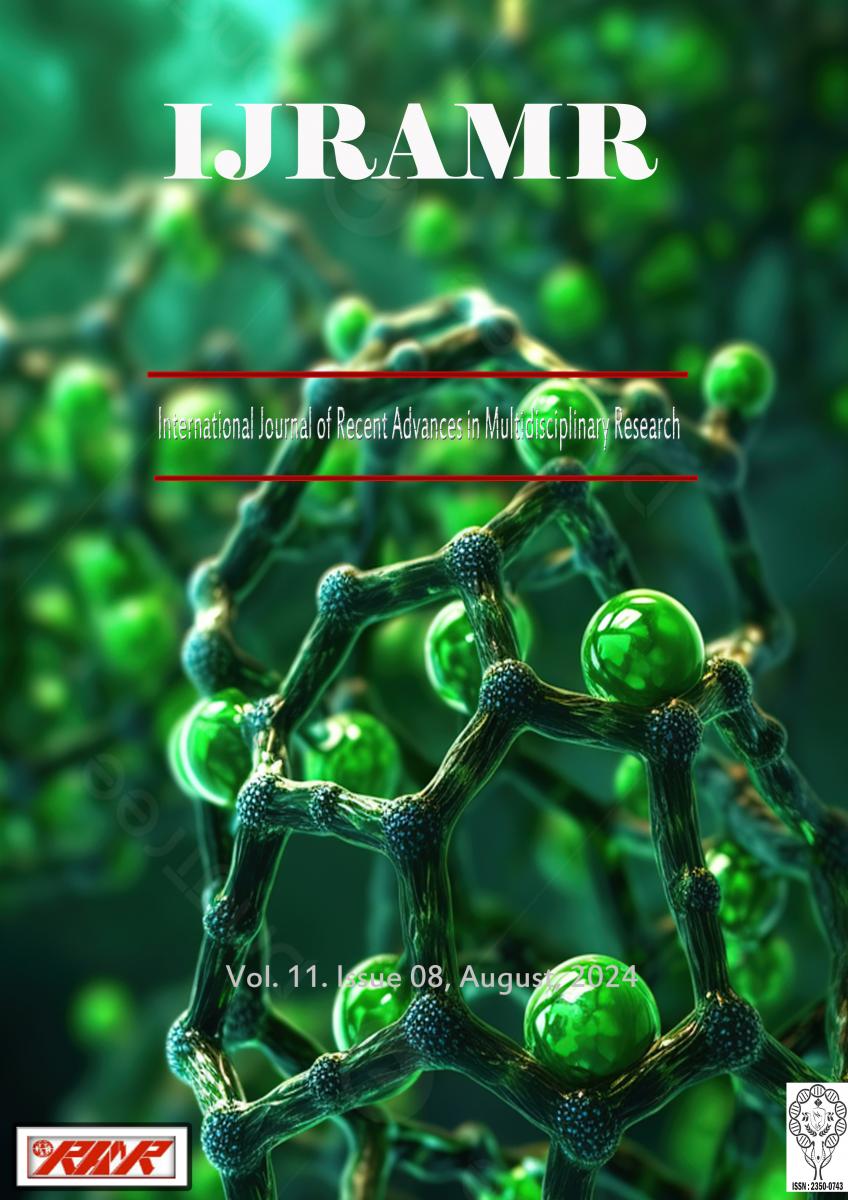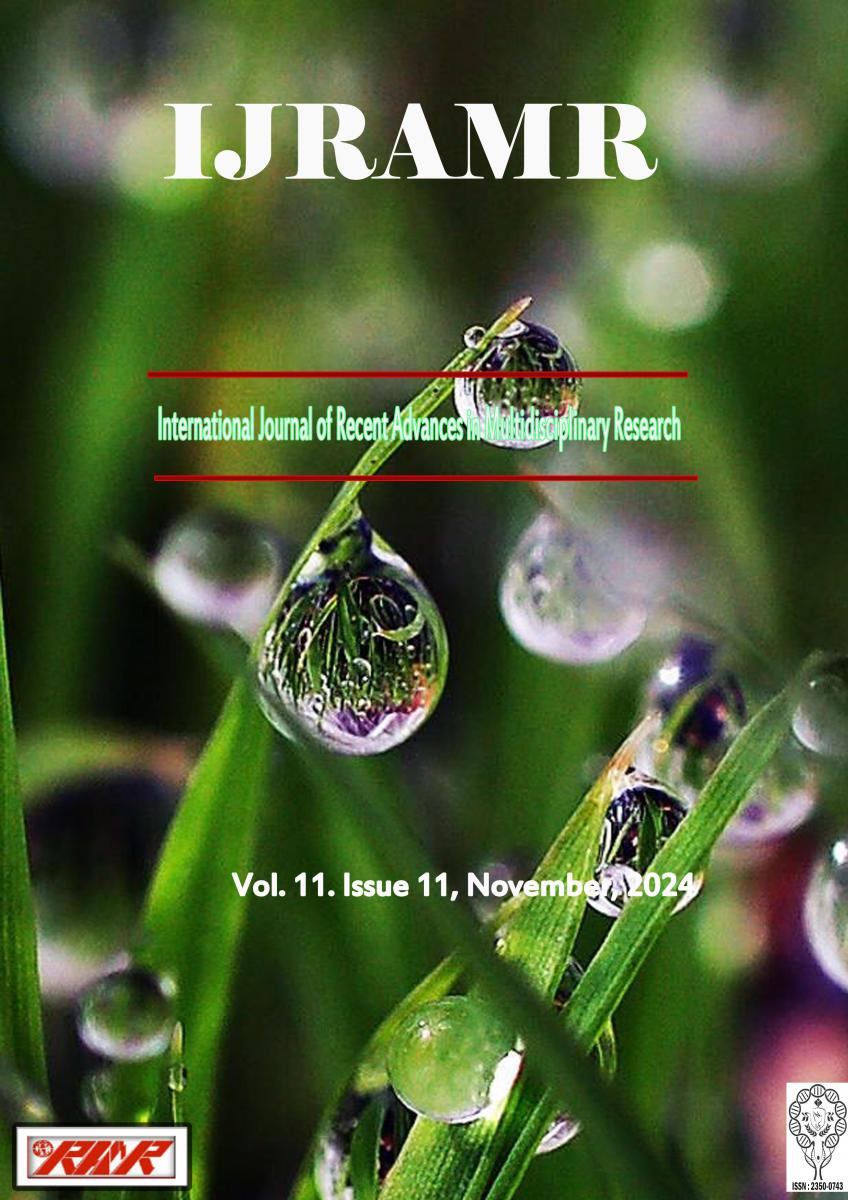Background: Itch (Latin pruritus) is been defined as unpleasant sensation that elicits the desire to scratch pruritus has been well recognized as a common and sometimes unbearable complication in patients who undergo hemodialysis uremia is well known as the most common cause of pruritus in chronic hemodialysis patients uremic pruritus has significant impact on mental and physical capacity of patients, contributing to day time fatigue, agitation, sleep disturbance and depression. Many metabolic factors have been implicated in the pathogenesis of itching in hemodialysis patients for examples, hypercalcemia, hyperphosphatemia, secondary hyper-parathyroidism and hypermagnesemia which considered one of causes of uremic pruritus which also includes: anemia, increase of mast cells in dermis of hemodialysis patients, xerosis and renal toxins. Transcutaneous electrical nerve stimulation (TENS) is an inexpensive form of analgesia that could also ameliorate itching, NB UVB phototherapy has efficacy in alleviating uremic pruritus with minimal adverse effect so both therapy consider safe for most of cases suffering from uremic pruritus. Objective: The purpose of this study was to compare the efficacy of TENS with that of NBUVB on pruritus hemodialysis patients. Methods: Thirty hemodialysis patients were randomly assigned into two group of equal number,15 patients for each group aged between 30-50 years old, all patients was assessed by physician carefully before starting of the study procedures, all patients had diagnosed with chronic renal failure stage 5, subjects of female was included, all patients was received the same physical care, medications and diet, area of maximum intensity of pruritus was back area and all participants was informed about the nature and the effect of the treatment and measurements device, the patients was instructed to reported any side effects during the treatment sessions. Group A (TENS group) received treatment with convetional TENS three times per weeks while group B (NBUVB group) received treatment with ultra violet B for , three times per weeks and duration of treatment session depended on erythema1 for each patient. Duration of treatment was two months for both groups. All groups received the same medical therapy (anti histaminic drugs, topical emollients) , assessment of patients was done pre and after 4,8 weeks of treatment For subjective measurements we used: The visual analogue scale (VAS) and 10 point pruritus questionaire. Results: there was statistically insignificant difference between both groups regarding mean value of VAS after 4,8 weeks of treatment (p-value 0.512 and 0.624 respectively), at the end of study 2 patients (13.3%) from each group showed complete responde to treatment, (53.3% of TENS group and 66.7% in NBUVB showed partial response) while (33.4% in TENS group and 20% in NBUVB were resistant to treatment. Conclusion: from the finding of this study there was no significant statistical difference between response to TENS or NBUVB after end duration of study which continued for 2 months. TENS and NBUVB therapy holds promise as a palliative, alternative, safe and inexpensive treatment for patients with chronic pruritic conditions.






